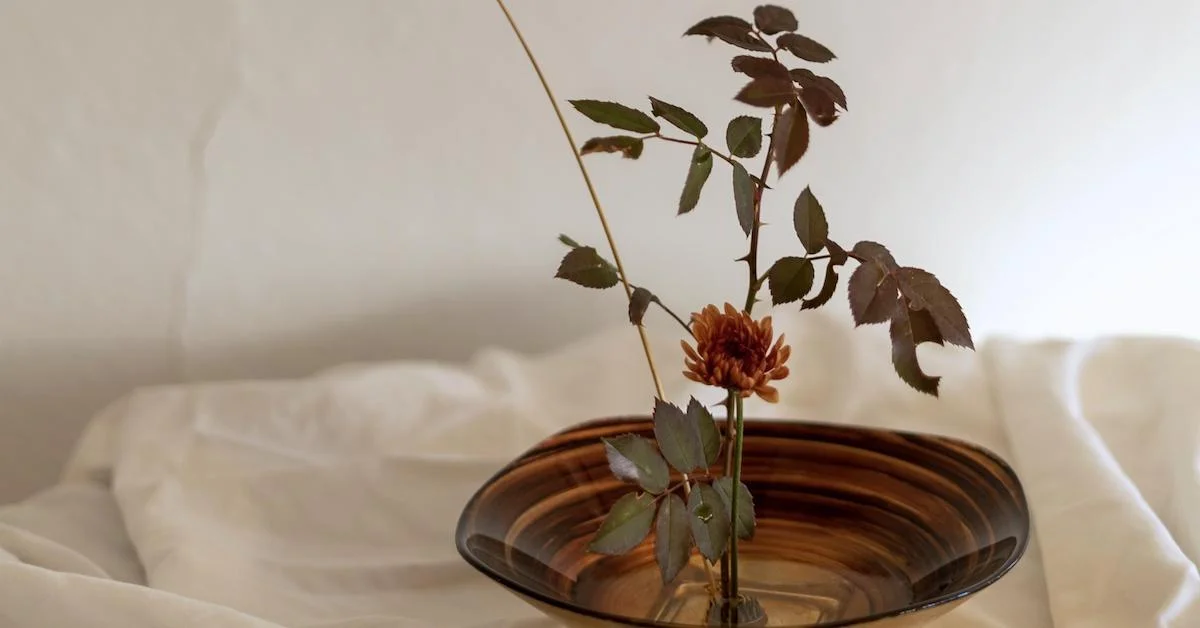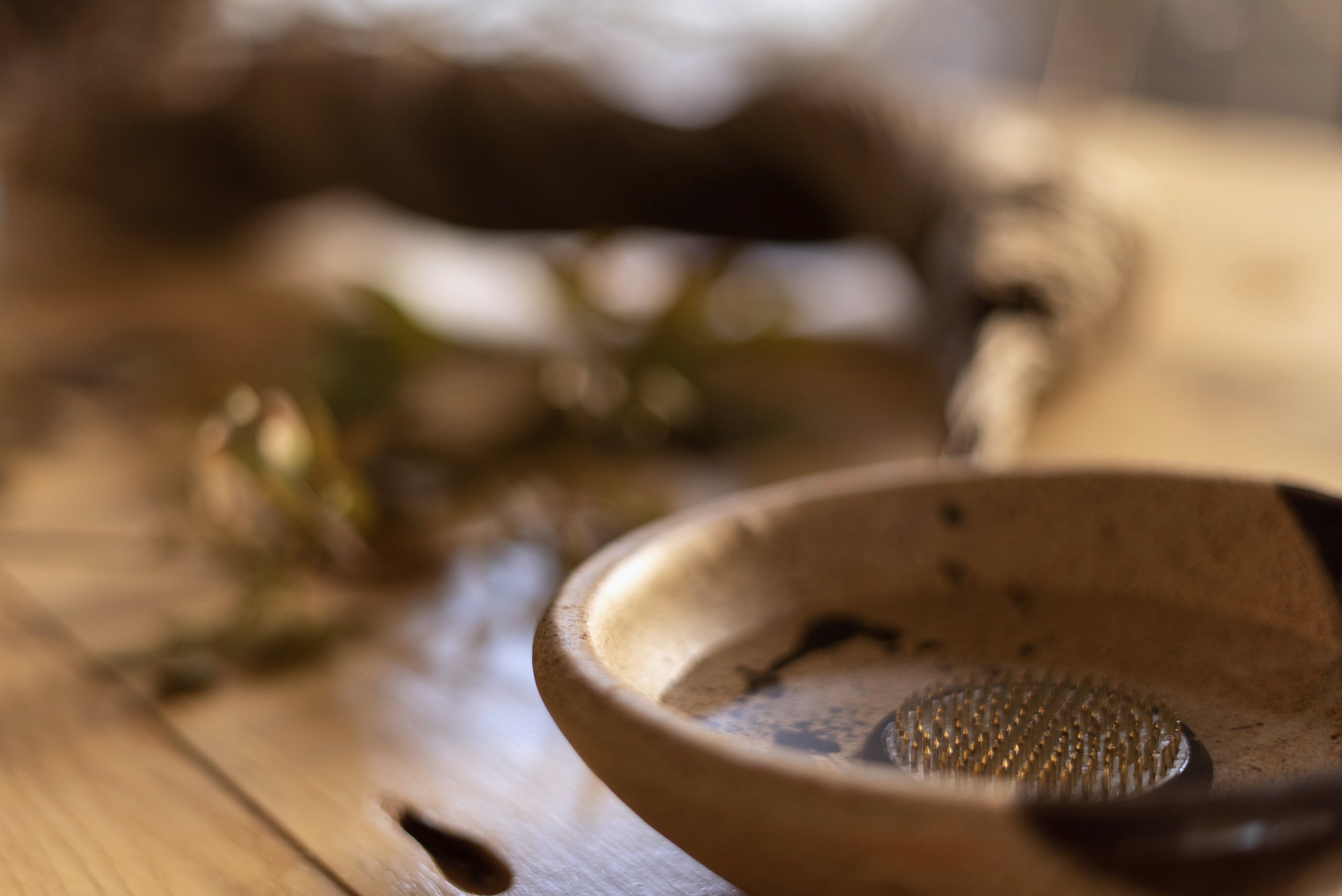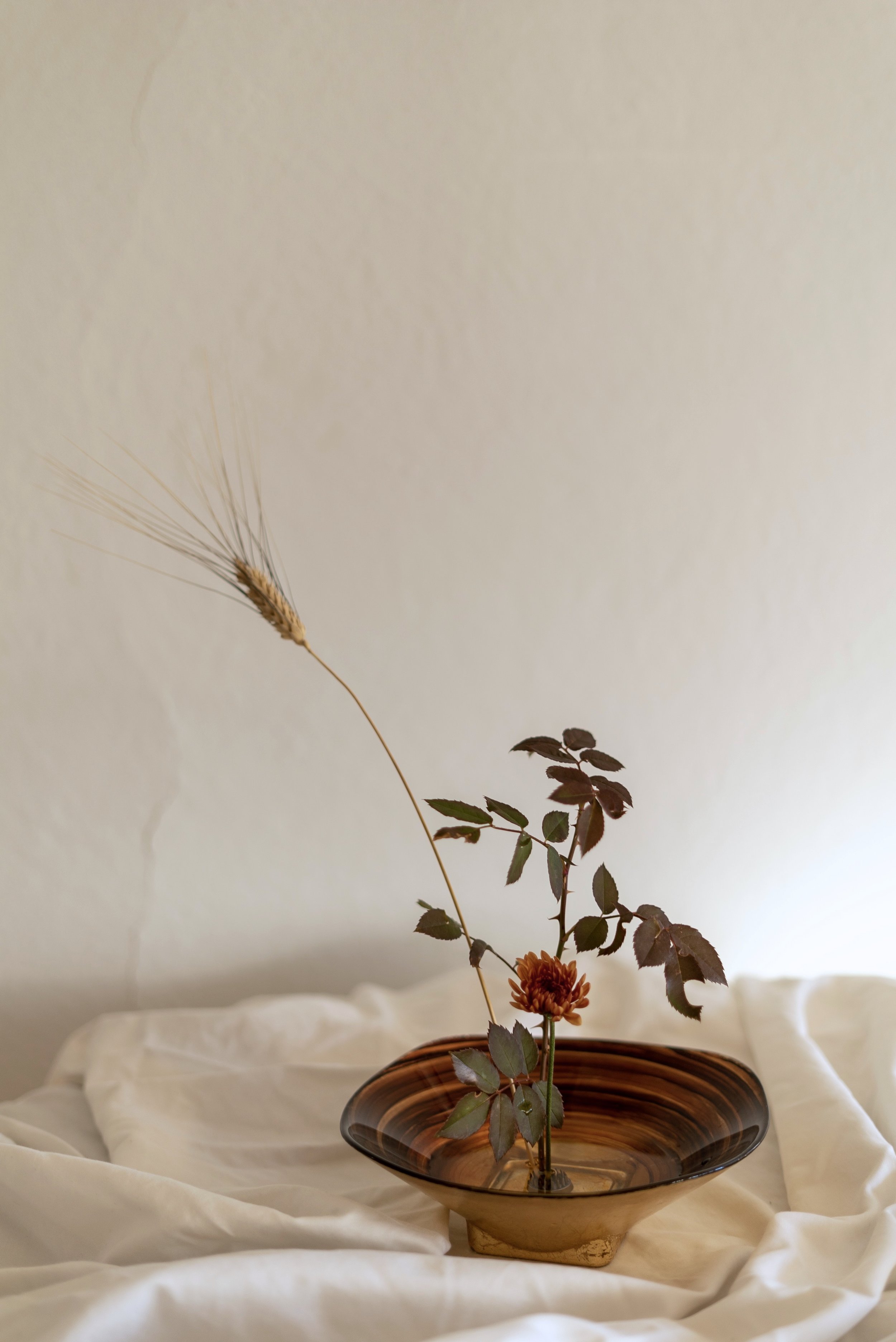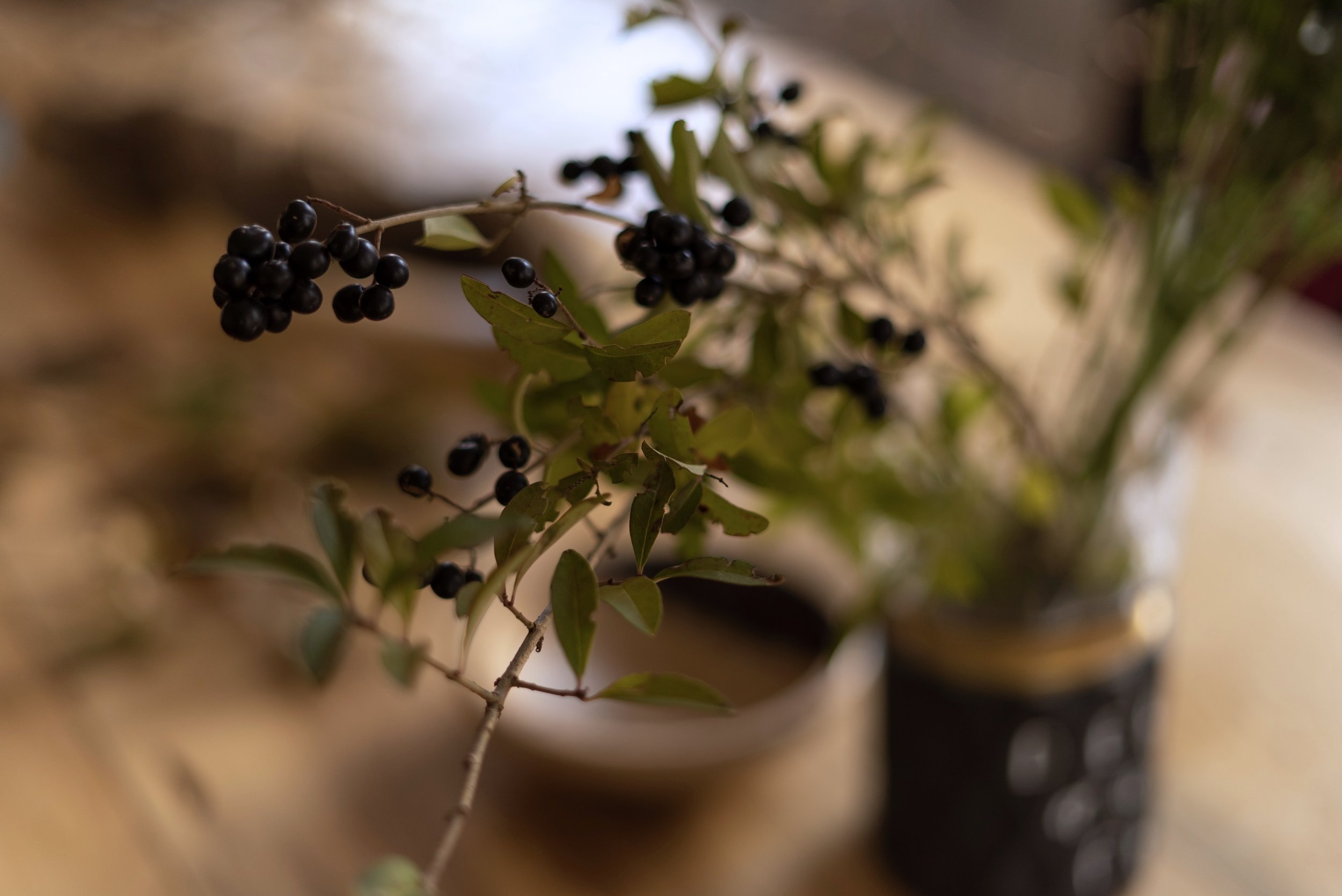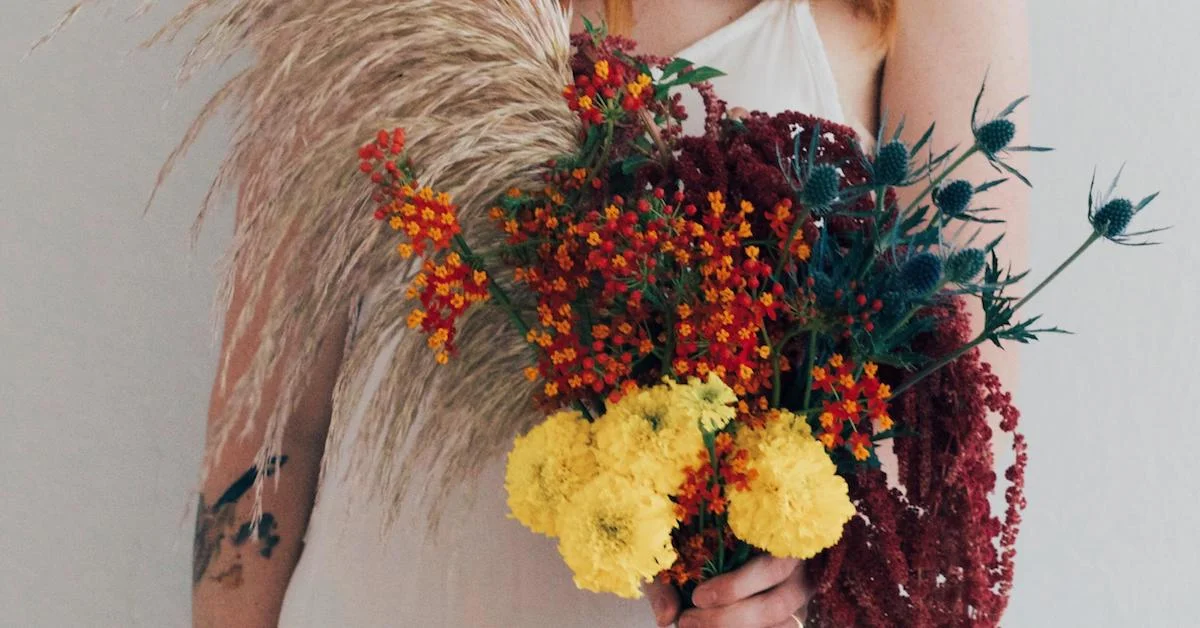What Is Ikebana? The Mechanics of Ancient Japanese Floral Design
Even if you haven’t heard of ikebana, the ancient Japanese art of floristry, you’ve probably seen its influence. Purposeful, feeling floral design and fine art floral design—to my particular joy—have become popularized and publicly celebrated in recent years. Those striking and sparse table designs aren’t necessarily a modern trend born of minimalism or abstract art; many are actually informed by the Japanese floral practice of ikebana.
Modern ikebana design is usually an interpretation of the ancient practice, which is littered with rules. Traditionally, ikebana tells the story of the seasons, addresses the space and purpose it occupies (an occasion), and invokes elements of the world in an asymmetrical and architectural structure through many styles and schools of design. However, the way I understand ikebana is that the value is in the doing—in the artistry and the intention even over the design. Worrying too much about what ikebana is supposed to look like as a style steals from the heart of the practice.
Part of the importance of ikebana is its singularity. The unique and finite existence of a piece emphasizes the beauty as something fleeting to cherish before it perishes—a one-time expression of this moment in time, not to be mimicked. With that in mind, here are just a few notes of understanding to guide you in exploring the practice of ikebana.
Your vessel matters. It is a huge element in your design, either as a compliment or juxtaposition to the live elements. Often an open-mouthed container is used to preserve the flowers longer. Those flowers might be arranged in a way that you’d find them in the wild—blooms floating in a pond, growing from a ruin, or reaching for the sun. Some vessels might even be used to mimic another element of nature like the moon and stars. Because these designs are so architectural and emphasize open space, you cannot necessarily rely on a vase to hold the flowers up. A grate or a metal frog are most commonly used to achieve an upright position for live elements of the arrangement.
You must take into account how the design will be viewed and from where. Where in the room will it sit, where will the sun hit it, who will be sitting around it, is it above eye-line on a mantel or on the floor before an altar? All of these factors should be taken into consideration as you work.
As you’re choosing elements, you should contemplate the occasion and season in which you are designing. Various plants mean different things and indicate changing of the seasons. Do some research on what red flowers or willow branches mean, or what berries will be coming into season next. Again, consider the structure, not just the elements themselves, as a way to communicate: The heavy winds of winter can be narrated by using young flexible branches that bend low, or you can use buds that begin to bloom just as a couple is expecting their first child and face the crib to wish flourishing for this new life.
Remember, arrangements should be asymmetrical and use an odd number of stems to help achieve a natural form of balance. One style of ikebana (and an excellent place to start) encourages three layers to an arrangement: one that is vertical connecting with the sky, one mid-layer to address humanity in the equation, and a lower layer to invoke the earth.
With the emphasis on line, form, and shape, you’ll find leaves and stems are often more important than blooms in your arrangement—which might be a reversal from your usual focus. It’ll be a great challenge to reframe the way you look at natural elements in design.
As a tip, you can and should use wire in leaves or find those flexible branches so that you can bend and shape them for your arrangement. Adding cut wedges from leftover branches to another can also help change the direction or shape of a hearty branch.
You can see there is a spiritual depth to the ikebana practice. Your intention and thoughtfulness are paramount to practicing it authentically. The final arrangement should in many ways reflect the mind of the creator, so be conscious of what you want to communicate, the physical world, and each choice you make. These arrangements can make significant gifts, so maybe consider adding them to the products and services you offer.
If you’re interested in learning more, ikebana has a very long and vibrant tradition with lots of history available online or at your local library, so dive in! (Or even better, contact floral designers trained in ikebana and study under them!)
Photos by Lovely Lo Photography.

